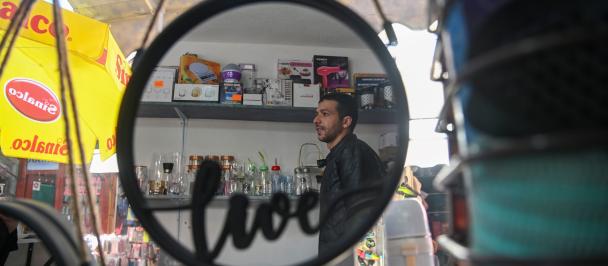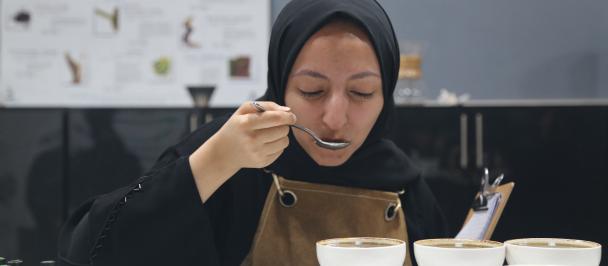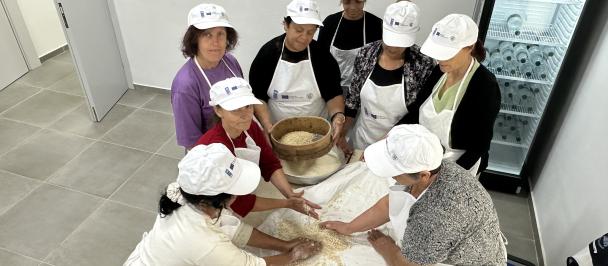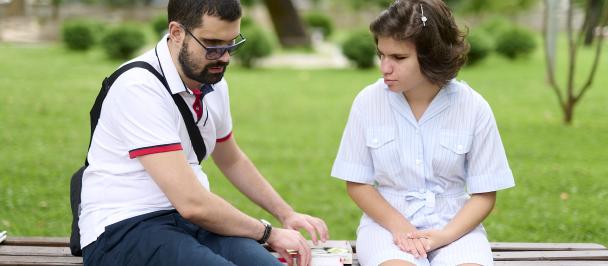Armenian municipalities take ownership of their development
A Tale of Three Cities
March 20, 2024
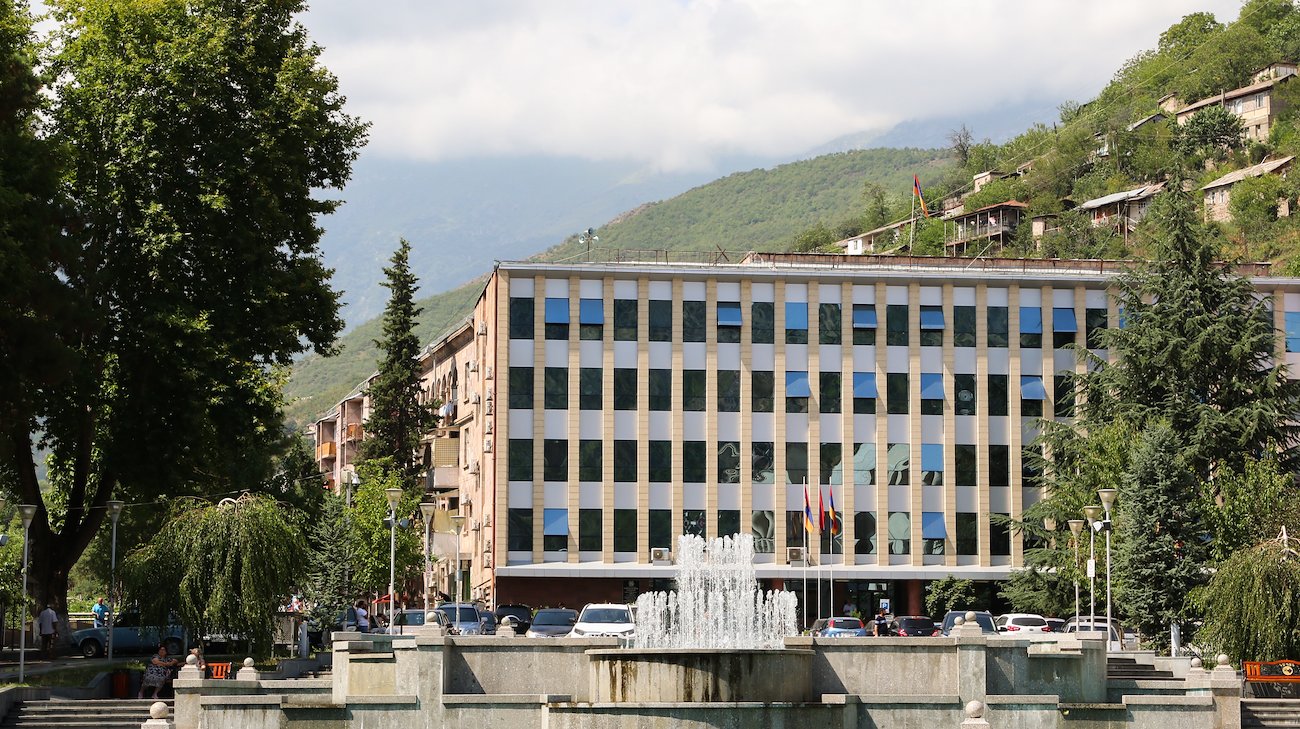
Armenia is a country of ancient histories and modern development. Walk through its capital Yerevan and you will pass through a park filled with modern art sculptures amidst skyscrapers and shopping malls. Yet the country can also contend for the birthplace of Christianity as state religion and winemaking.
Exploring the narratives of three places around the country – Gyumri, Kapan and Areni – carries us through the rich cultural heritage and history of Armenia. Gyumri and Kapan's origins date back to the 5th century, while Areni's history begins in the 13th. These municipalities, each with its own unique history and past, are actively shaping their futures.
As these municipalities have evolved, they’ve faced unique and complex challenges that cannot be solved with one-off solutions from the shelf. Supported by the EU and UNDP’s Mayors for Economic Growth (M4EG) initiative, these local governments are now designing mission-oriented economy strategies for their municipalities. Over the last 10-15 years, there have been plans in Armenia to decentralize government functions, giving more power and autonomy to local governments, but it’s not yet a direct mandate. Through this initiative, and the co-design and grants it provides, municipalities now have stronger control and mandate for their reinvention journeys.
That process of reinvention has citizen involvement at its core. By listening to the community and conducting sessions to listen to their concerns and desires, the municipalities are putting residents at the center of their redevelopment.
And the driving force behind much of this work lies with a younger generation. These are individuals who care deeply for their place of origin, who choose to stay and reimagine how to make living more attractive and sustainable for everyone rather than migrate to Yerevan or beyond.
GYUMRI. POPULATION 112,000.
OUTLOOK: EQUITABLE AND RESILIENT CULTURAL TOURISM
Gyumri, population 112,100, is the second largest city in Armenia and known as its cultural and sports capital, with a rich history and unique heritage sites and customs. But some of the damage from a big earthquake in 1988 still has not been fixed, despite much effort to mobilize support.
The city’s cultural heritage is strong, encompassing everything from architecture to applied arts, from music to poetry and theater. Wood and metal production – also linked to the cultural economy - make up a significant share of income sources. Historically, trade was also a major sector because of its size and strategic location, as well as a developed textile industry, construction and hospitality sectors.
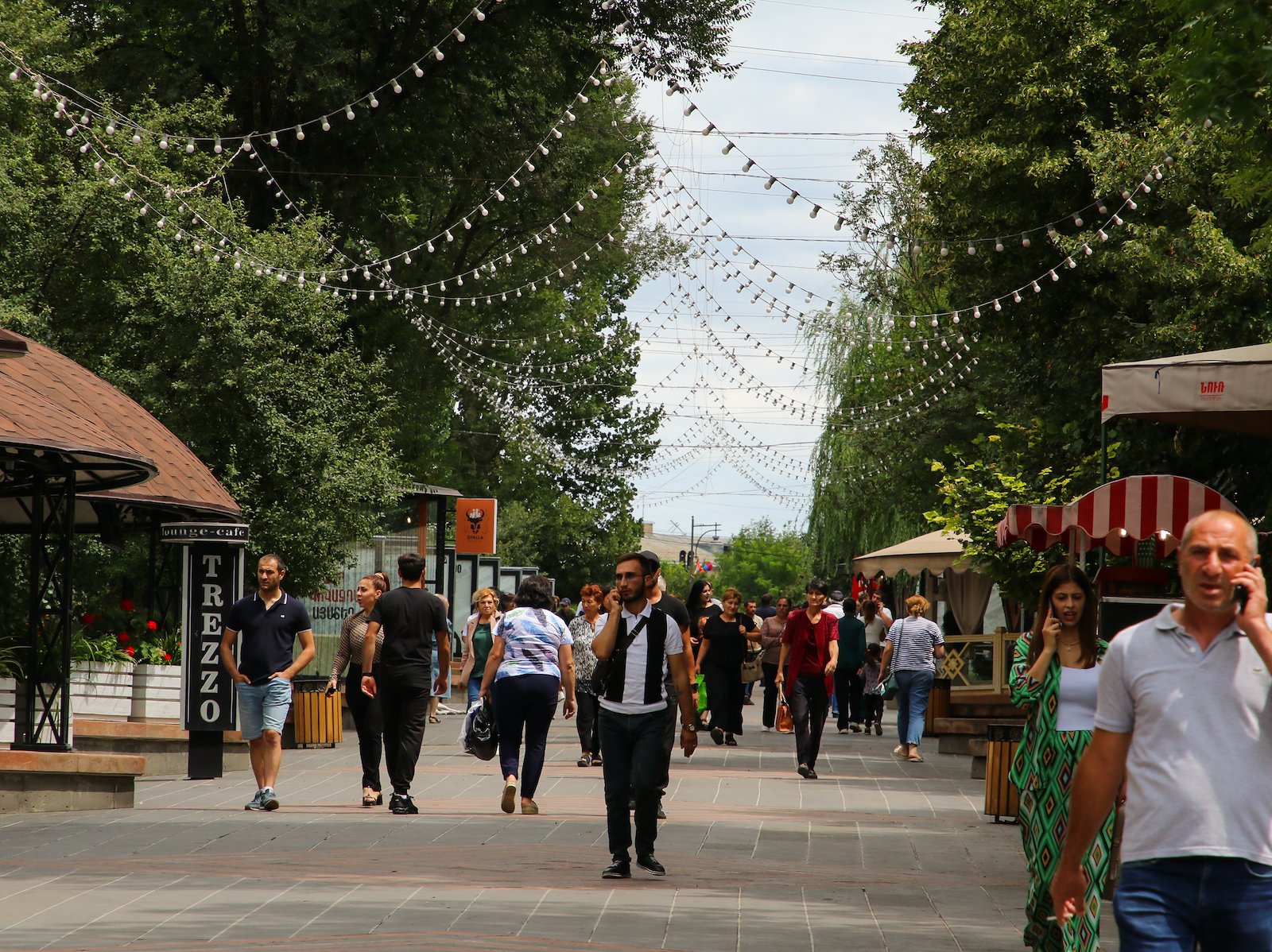
Since 2018, there has been a surge of tourists, magnified during COVID, which the city was not prepared to accommodate. Despite facing growing pains, related to cultural and tourism development, the city has successfully reactivated its former cultural and touristic life post-pandemic. But tourists are still consuming the cultural heritage of the previous century. Additionally, many cultural institutions under municipality management have not changed their practices or adapted to new technological innovations.
The municipality’s plan is focusing outwardly on one hand, to improve the tourism infrastructure and make it more adaptable to the 21st century, and inwardly on the other, to create an environment for its residents that is environmentally healthy and allows for new culture and opportunities to emerge.
Leading the vision is a team of dynamic young women: Lilit Tovmasyan, Marine Hovhannisyan and Emma Baghdasaryan, all part of the Portfolio team.
“The three of us – Marine, Lilit and I – were all born in 1988, the same year as the devastating earthquake,"
explains Emma, programme coordinator at the Foundation of Urban Development. “The impact was significant, shaping our challenging childhoods. A few years ago, we initiated a gathering ‘88 30’, which brought together individuals born in 1988...who have been shaping the city across different sectors. We want to emphasize that the city's future rests in our hands, and we’ll support the city that has lost so much by investing in our community, especially the youth.”
Lilit, head of the unit in the Department of Culture and Youth Affairs, notes the people are special, and their vibrancy can help move the city forward despite the challenges. “On the one hand, many of them reflect the traditions and heritage of our ancestors. At the same time, there exists a robust and progressive community galvanizing the need for change and innovations.”
“To plan the future, we must assess our past,”
Marine, also in the department of Culture and Youth Affairs, points out. And perhaps use it and reinterpret it. She hopes some of the factories and sectors can be revitalized and renewed, and talented youth can create cultural assets that reflect the current times. “Personally, I would love to contribute to the cultural sector and help educate the new generation.”
KAPAN. POPULATION 44,362
OUTLOOK: BROADENING HORIZONS TO ENCOMPASS MORE DIVERSE ECONOMIC AND COMMUNITY INITIATIVES
Kapan, in southeast Armenia, serves at the administrative center for the Kapan Municipality as well as the provincial capital of Syunik Province. The economy in this region is mainly based in the industrial sector. Historically reliant on mining, which is currently 80-85 percent of its economy, the city’s well-being has been impacted by foreign investors. The majority of the community is connected to mining in some way, but in the foreseeable future, the resources will dry up, bringing significant cuts to jobs and incomes. A high rate of migration is expected.
Mining is a difficult job and poses severe health risks to those employed in the system, as well as for the environment where communities live. Traditionally a steady job, younger generations are less interested in this type of high-risk job.
Security risks leave people with a state of unease and insecurity, which can also impact the overall well-being of the local population.
So Kapan is broadening its horizons to encompass more diverse economic and community initiatives (focusing on business and talent development). It’s asking: what are the new areas of economic development? How do you keep younger generations in Kapan, or get them to return?
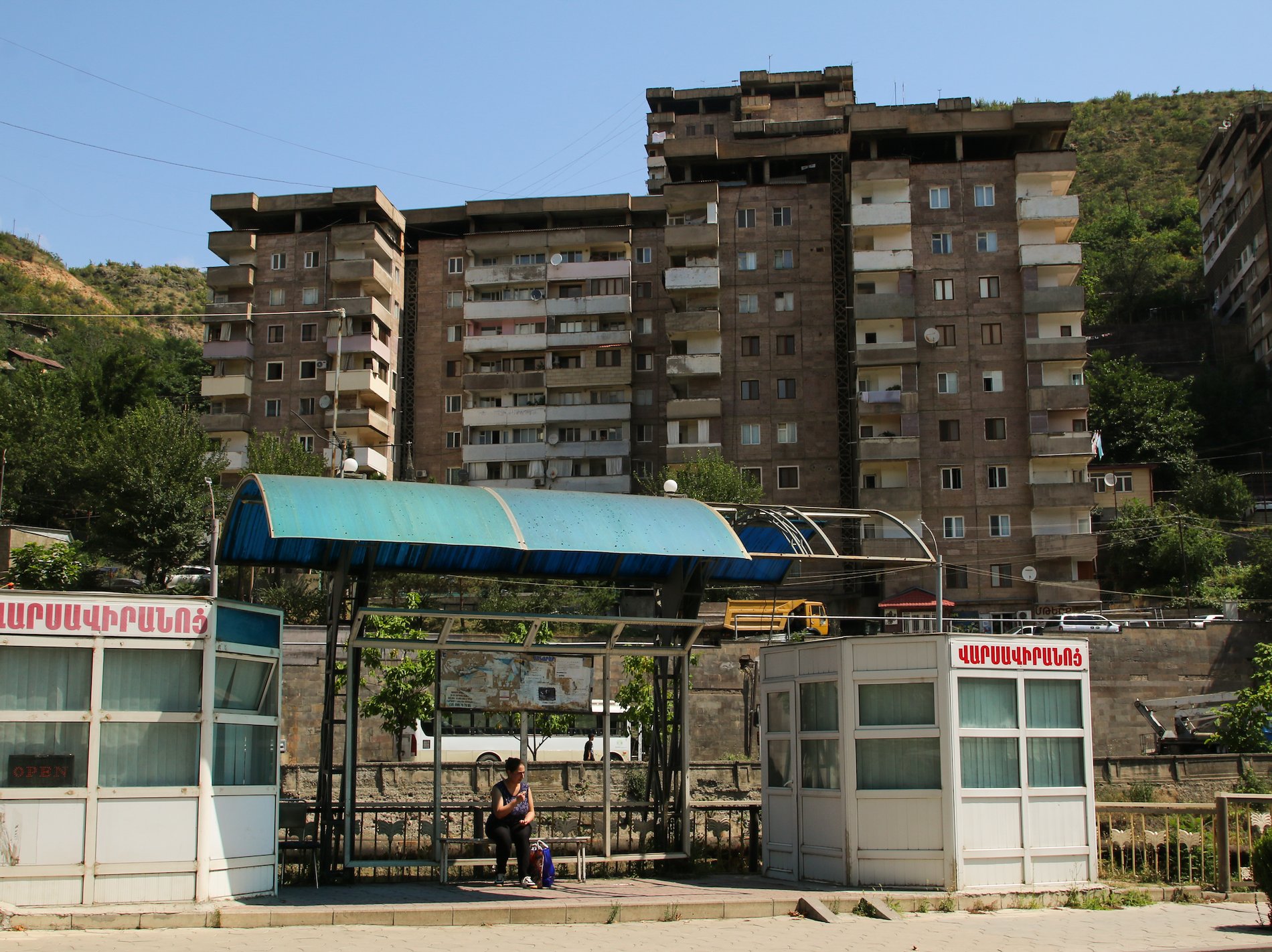
One of these ways is developing technology and entrepreneurial talent that can match needs and skills in existing or upcoming industries. The TUMO Center for Creative Technologies, free-of-charge educational program for teenagers, now operates a training center in Kapan, supported by the EU.
The municipality is considering also using it for mothers and women returning to the workforce after discontinuing their career for family reasons, a large, underused group of work talent. Incubator labs and collaborative studios can help nurture entrepreneurs in tech startups, local production and digital design businesses.
But it’s not just economy that makes a place sustainable for living. How can the municipality improve social protection and the social cohesion? Issues of security have brought stress to the community, and in planning for the future, the community has asked the municipality to incorporate better well-being into the strategic planning ideas for the future.
With the more centralized government, Kapan did not previously have an understanding of how to "work with" and address complex challenges, and institutions are dealing with this for the first time.
From the community side, social worker Svetlana Manasyan has been a key liaison for the process and Portfolio team, working to incorporate mental well-being into the municipality’s overall plans.
"My deep connection to my family, friends and community keeps me attached to this place,” she explains. “I've noticed that our community is very well-educated, something common with Yerevan. What differentiates Kapan apart for me is its distinctive nature and culture.”
She notes that low salaries push the younger generation toward migration or emigration for better job opportunities. As an industrial municipality, it is easier for men to find jobs than women.
“I see a need for social workers in the municipality, positioning me perfectly to make meaningful contributions now,” she explains. And she also sees hope:
“I'm not the only young person who chose to stay in Kapan. Many others have also opted for remote work, which enables them to stay in Kapan and contribute to the municipality's development.”
ARENI. POPULATION 11, 309
OUTLOOK: STRENGTHEN CULTURAL LANDMARKS AND CREATE OPPORTUNITIES FOR ALL VILLAGES TO ENHANCE TOURISM
Areni municipality, a united community of nine villages, sits in the center-west of the country. From Khachik village, you can see Iran, Azerbaijan and Türkiye.
Areni is known as a centre for wine production and as a big name in wine history.
“In Areni and its larger vicinities, around 200 families are involved in winemaking,” explains Norayr Grigoryan, part of the M4EG portfolio team. “Some produce it for sale, others do as a hobby or gifts for family and friends. With 6000 years of wine history, it became deeply rooted in our history and traditions.”
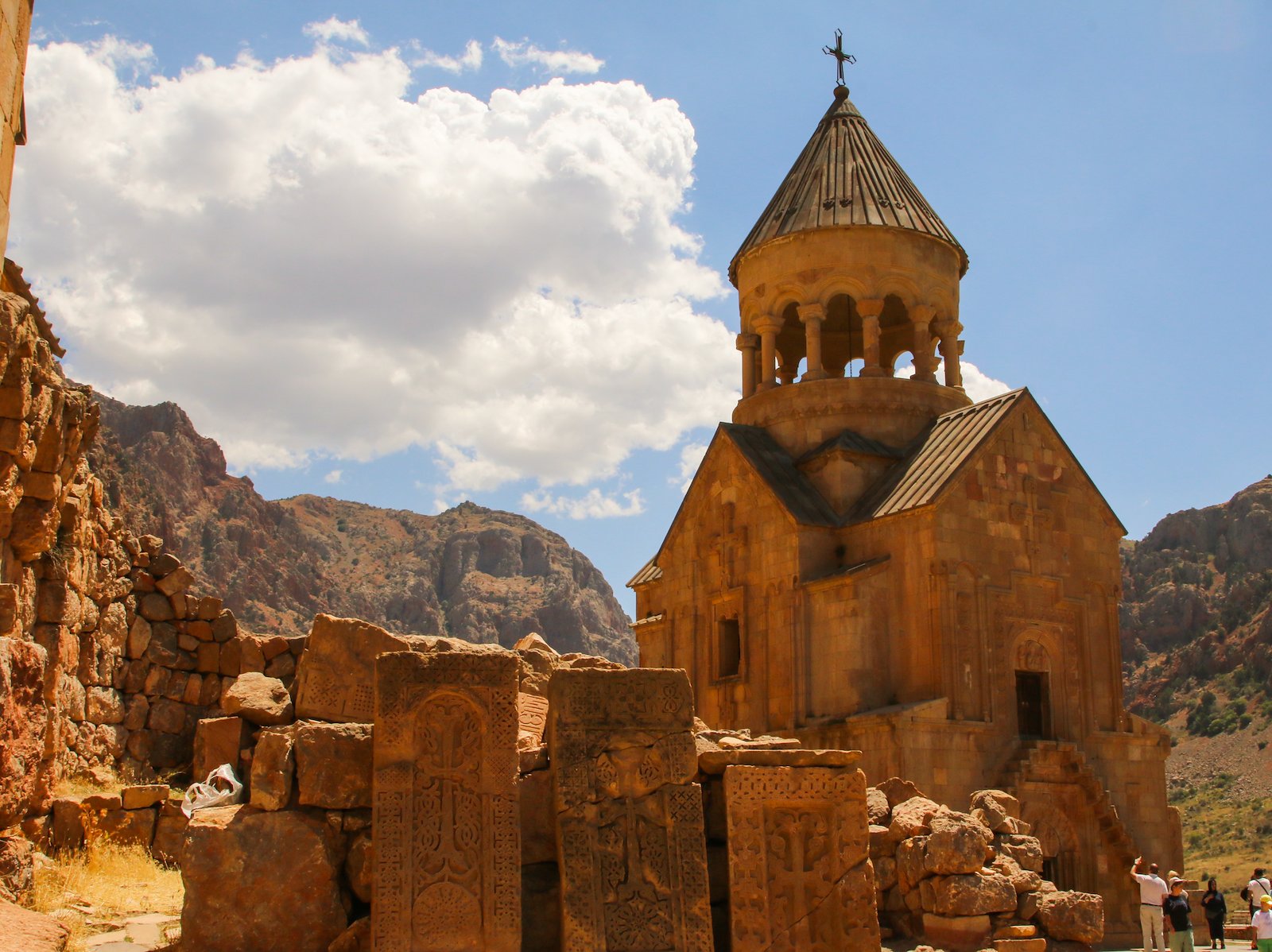
Areni also boasts many unique monasteries, including 13th century Noravank, which are important for Christian tourism, a key sector for Armenia. Despite the strong heritage, tourism infrastructure is lacking. Many of these locations and sites are managed by different private and state entities, making it difficult to generate coordinated tourism efforts. When tourists come, it’s usually just for a few hours as they pass through to other parts of the country.
So the municipality is focusing a sustainable tourism transformation, both economically and environmentally, that allows for a diverse, connected and attractive “package” for visitors. This means improving infrastructure for current attractions, developing a brand for wine tourism and identifying new niches and alternative offerings, such as gastro hubs (supported also by UNDP and others) and outdoor adventure tourism.
As one administrative unit, however, it is difficult to craft a universal approach that delivers for all villages. Only 2 of the 9 have wine production or churches, and some villages are more disadvantaged and remote, lack human capital and face more security risks. So special efforts must be made to ensure that all can benefit from this major sector.
Norayr wears many hats in addition to the M4EG one: leading specialist for advertisement services and tourism for the community, media worker and a winemaker and purveyor of a 30-year-old family vineyard.
“Being born and living in a place naturally connects you to its landscapes, history and cultural legacy,” he says. But that’s not always enough to keep one at home.
“A vast development challenge is that village life doesn’t appeal to young people. Unfortunately, there is a brain drain, a strong migration tendency, and a high level of urbanization.”
Norayr wants to be an active part in reshaping his community’s well-being and future development, so that the younger generation also has a place here.
All these efforts revitalize historic gains and embrace future-readiness where history and progress can coexist and flourish, where community engagement and sustainable development are being actively pursued.
The Mayors for Economic Growth (M4EG) is a joint EU & UNDP initiative to support Mayors and their teams in the Eastern Partnership region. The M4EG offers resources, network and learning opportunities to explore new trajectories of growth, to make towns and cities more attractive for people and investment. The M4EG takes a 'hyperlocal' and whole-of-place approach. There are no quick fixes for complex challenges - how is your municipality investing in continuous learning, experimentation, and collaboration to be more #futureready?

 Locations
Locations